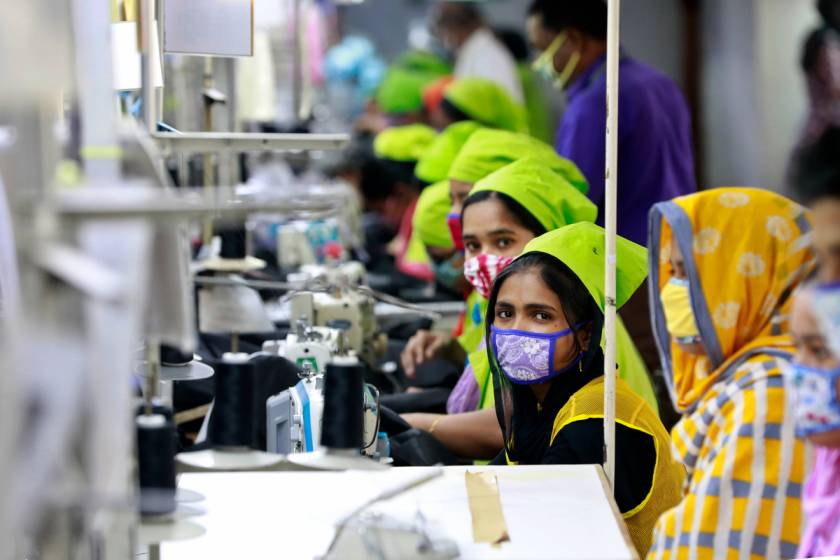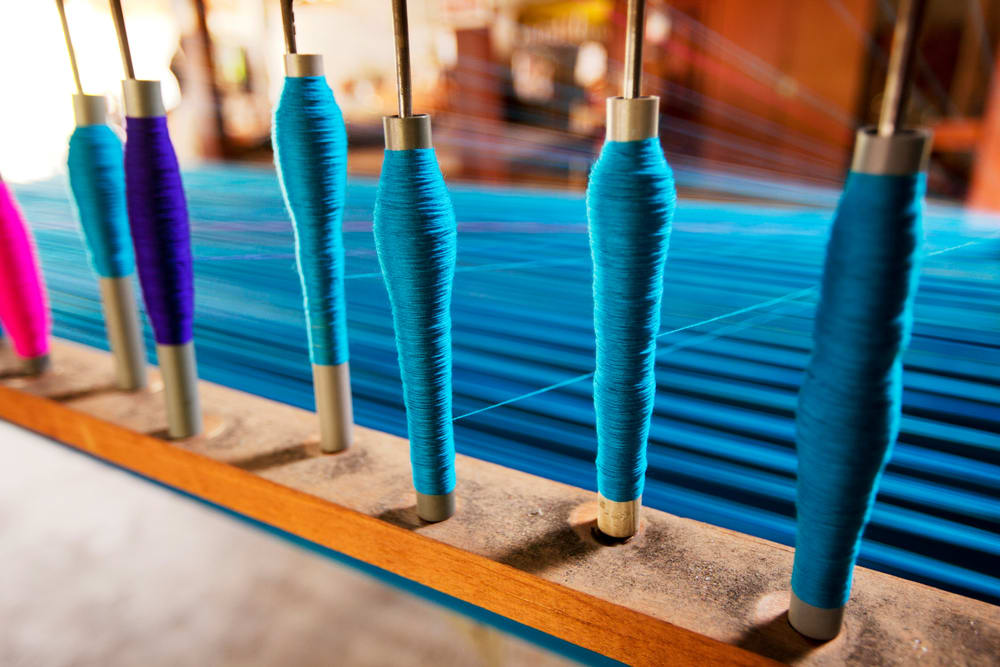5 Antimicrobial Finishing Methodologies

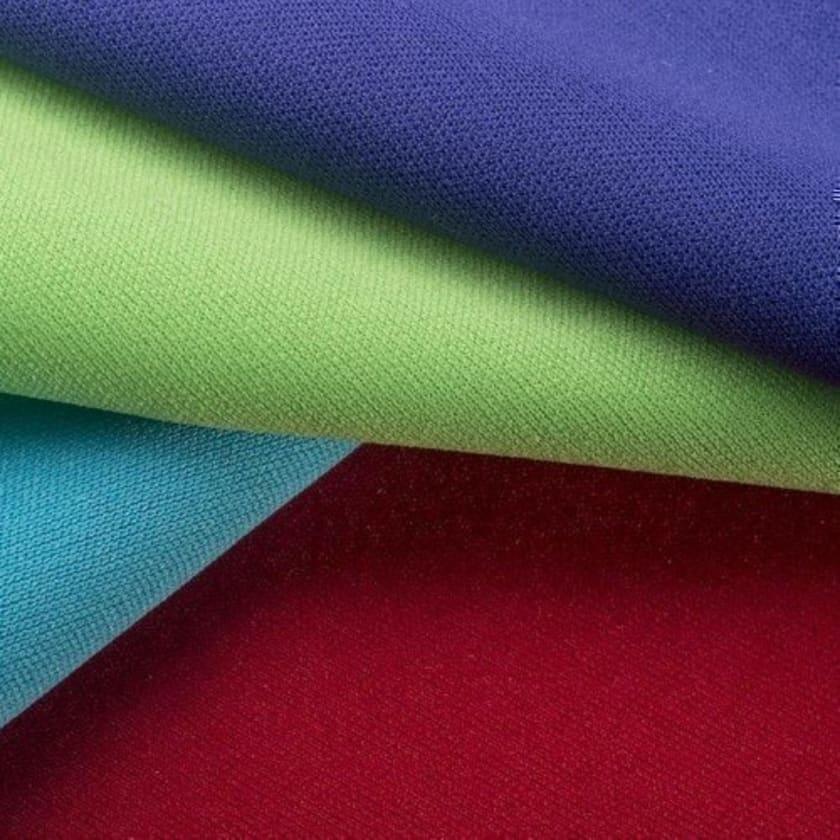

Whether you are a manufacturer of the textiles, a supplier, or a retailer selling the finished garments, there is one crucial aspect you need to pay attention to – the hygiene and health associated with the textiles. Let us look at this in a little more detail. You are well aware of the different steps involved in the production of a garment. As the raw material (both natural and man-made) gets converted into the final product available on the store shelves, it undergoes numerous chemical treatments.
While the production processes have evolved over the past decades to minimize the use of chemicals, they are still abundantly used. The chemical reactions have desirable effects on the overall outcome, and hence their use continues. However, these chemical reactions are also a significant cause for the growth of microorganisms on the textile. Not all microorganisms are good for humans, and some may even have adverse effects on those coming in contact.
Once the finished products are in use, they become even more significant breeding grounds for these microorganisms. Some reasons for this include the following:
- Presence of moisture in the form of sweat
- Deposition of external materials like dust, dirt, and pollutants
- Dead skin cells or oils secreted by the body
- Moderate temperature of the human body
Together, all these factors prove favorable for the growth of microorganisms like bacteria, fungi, etc. These can be harmful to the end-user of the products, causing foul smells, allergies, rashes, or even infections. Sometimes, the wearer may not face any problems, but the clothes become prone to discoloration and faster wear and tear due to this microbial activity. These microbial activities also pose a challenge in the transportation and storage of the finished garments.
Antimicrobial materials
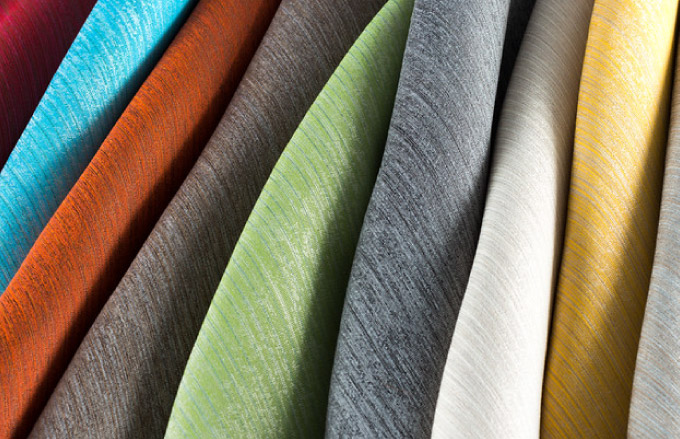
Microbial activity causes numerous problems at different stages of the production process. Some challenges during specific stages are listed below.
- Chemical reactions when handling the fabric can affect the workforce during manufacturing.
- Easy wear-and-tear of fabric due to microbial activity makes transportation and storage of the materials and finished goods a challenge.
- Even when the end consumer is wearing the fabric, they may face problems like bad odor, rashes, or allergies.
Thus, there is a need for a solution that addresses these concerns. This is where the antimicrobial fabric comes into the picture.
When one refers to microbial activity, it may further be specified to which organism is causing the issue. The different microorganisms responsible for the above issues include bacteria, fungi, and others. Thus, the antimicrobial fabrics may further be classified as antibacterial fabric, antimycotic fabric, etc.
The aim of developing antimicrobial fabric is simple – to get rid of the harmful effects caused by these microorganisms. This is especially important for sportswear and the textiles used in hospitals like bedsheets and curtains. These are the two environments prone to maximum microbial growth and causing maximum damage. Having said that, the usage of antimicrobial fabric is not restricted to only these areas. It finds application in other areas like kids’ clothes, kitchen cloths, table runners, etc. These are other areas that are prone to dust, food, and liquids that provide a thriving breeding ground for microorganisms.
At this point, it would be interesting for you to know how these antimicrobial fabrics are made. These special fabrics are made using special techniques to provide an antimicrobial finish to regular fabrics. Now, let’s look at some of the methodologies used to give an antimicrobial finish to the textiles.
Types of antimicrobial fabrics
Before delving deeper into how the anti bacterial fabrics are made, you need to understand the differences in the antimicrobial effectiveness of different materials. This effectiveness is measured based on the mechanism these materials use to kill the microorganisms. The broad classification of antimicrobial fabrics based on the raw materials is as follows.
- Temporary Antimicrobial Fabrics: As the name suggests, these fabrics have antimicrobial properties that tend to diminish over a period of time. This may be due to the washing of the fabric or wear and tear of the same.
- Permanent Antimicrobial Fabrics: The antimicrobial properties of these garments are due to chemical reactions that have a longer-lasting effect. Hence, the effect is more durable and does not reduce over a period of time.
Next, we will get into the details of how these antimicrobial properties are achieved. We will also take a look at methods used to create antimicrobial fabrics.
Antimicrobial activity of fabrics
The traditional method of developing antimicrobial fabrics involves a chemical procedure known as leaching. In this method, the molecules of the antimicrobial agents, applied on the surface of the fabric, diffuse through the fabric and attack the microorganisms. This movement of molecules is restricted to a small area known as the zone of inhibition. While this is an effective mechanism, there are certain drawbacks to it.
- The diffused chemical may cause a reaction on the skin leading to irritation, allergies, and rashes to the wearer.
- The fabric may lose color and antimicrobial properties over time.
- The effectiveness of the antimicrobial fabric may reduce over a period of time, with the molecules diffusing and losing power.
Thus, the antimicrobial finish achieved by leaching is temporary in nature. This mechanism has been traditionally used to design temporary antimicrobial fabrics.
The newer methods, designed to address the concerns caused by leaching, and improve the longevity of antimicrobial fabrics, are based on the chemical bonding of the antimicrobial substance to the fibers in the fabric. This means that there is no diffusion of the antimicrobial agents, and still, it is effective against microorganisms. The fabrics created using these finishing methodologies are thus the permanent antimicrobial fabrics.
Antimicrobial finishing methodologies
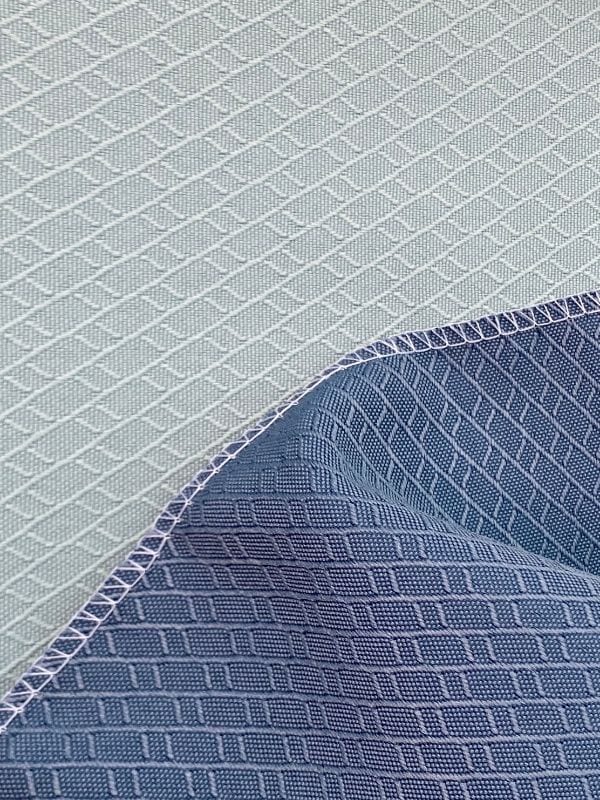
Now that we have covered the basics of antimicrobial fabrics, let us look at the five antimicrobial finishing methodologies used in the textile manufacturing process.
- Insolubilization of the active substances
This method involves using chemical agents during the manufacturing process. These agents can be added during the spinning of man-made fibers or by padding the natural fibers with these agents that incorporate the agent into the fiber. These agents are typically water-insoluble.
- Treating the fiber with resin or cross-linking agents
Using this methodology, the antimicrobial agent is polymerized with the fiber, i.e., the agent molecules form a linkage with the fiber’s polymer structure. This is a chemical reaction in which the agent becomes a permanent part of the fabric molecule, thereby increasing the longevity of the antimicrobial properties.
- Microencapsulation of the antimicrobial agents
This is not a purely chemical process. Instead, this methodology is a physicochemical process involving the alteration of the intrinsic physical and chemical properties of the fiber. Here, a reservoir of antimicrobial material is placed between the layers of the fiber. As the active antimicrobial agent gets consumed, it keeps getting replenished from the reservoir. A typical example of such a mechanism is a mattress. The quantity of the reservoir is a key metric in defining the lifetime of a mattress.
- Chemical modification of the fiber
As the name suggests, this methodology is used to chemically modify the actual composition of the fiber. This is especially applicable in the case of man-made fibers like polyester or nylon. The addition of antimicrobial agents modifies the chemical properties of these fibers, changing their properties and converting them to antimicrobial, anti bacterial fabrics.
- Use of graft polymers or homopolymers
This is a chemical reaction-based methodology, where graft polymers, homopolymers, or even copolymers are incorporated into the structure of the fabric molecule. The polymers get attached to the fabric and create a charged functional group. Further treatment with chemicals like potassium iodide causes the fabric’s chemical properties to change and gain antimicrobial characteristics.
As we saw here, most antimicrobial finishing methodologies involve chemical reactions of one type or another, which helps bind the antimicrobial agents to the fabric. While this may be an effective mechanism to get antimicrobial fabric, sufficient care should be taken to avoid harmful chemical reactions when these products are used. Some desirable properties of antimicrobial fabrics produced as a result of these finishing methodologies are listed below.
- Resistance to wear and tear due to usage and washing of the garment.
- No harmful effects on the workforce or environment during the manufacturing process.
- No harmful effects or chemical reactions on the wearer of the final product.
- Chemical reactions should only affect harmful microorganisms.
- No reactions with bodily fluids like sweat.
Wrapping up
So far, we have seen why antimicrobial finishes are important for textiles and the methodologies used to achieve them. Do you want to read more such in-depth articles about the various aspects of the fashion industry? Also, would you like to keep yourself updated with all the latest happenings in the industry? If you answered yes to any of those questions, head over to Fashinza.
An end-to-end B2B platform dedicated to fashion, Fashinza is a great place to find a thriving community of brands, manufacturers, and suppliers. Here, you can interact with industry peers, understand their strengths and build strong business partnerships. You can also find a lot of well-researched information about things that are relevant to the fashion industry. Get in touch with us to not lose out on any benefits now!















